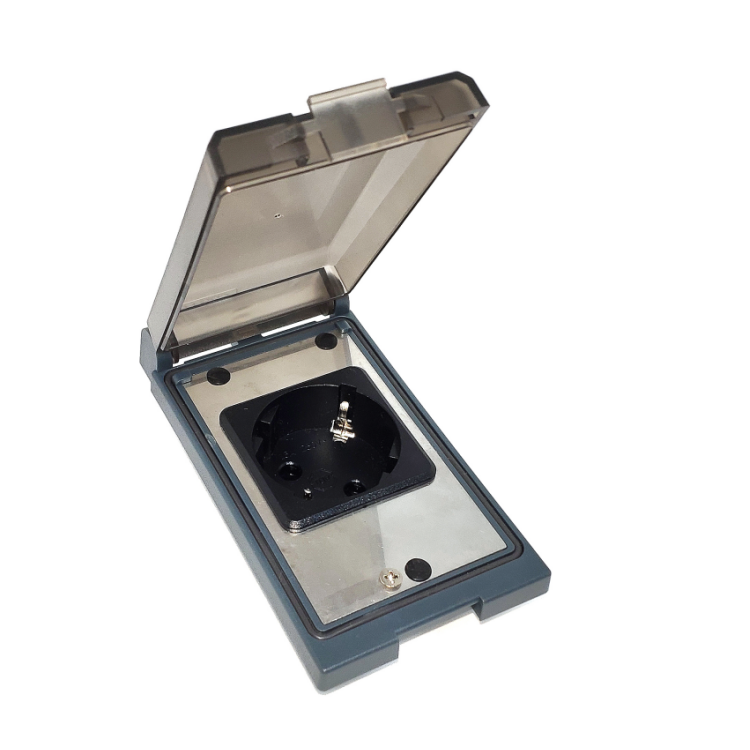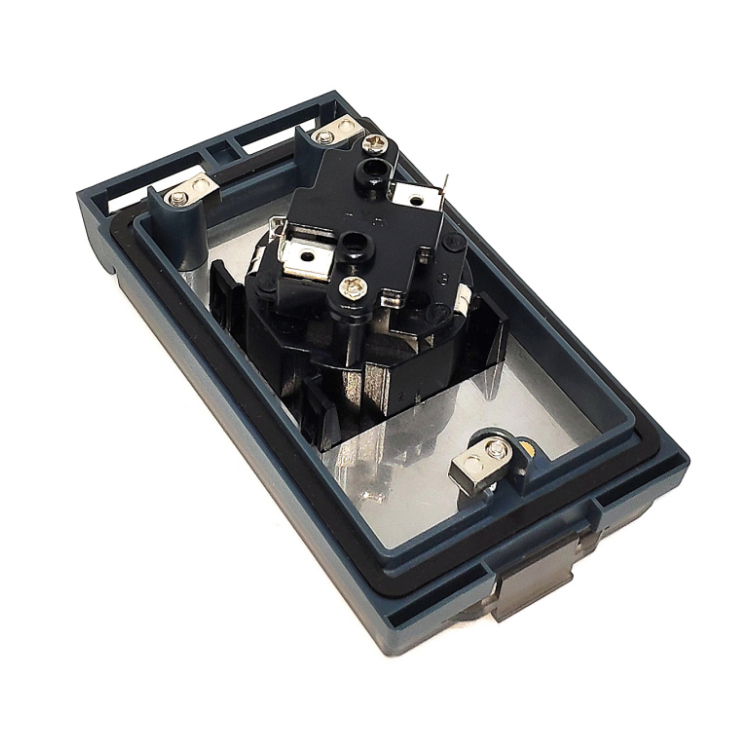Time is one of the fundamental dimensions in physics and plays a crucial role as a reference indicator for system operations. The IRIG-B code, an international standard time code, is widely used due to its superior performance, simple implementation, and ease of use. It is particularly well-suited for high-precision time transmission systems.
FPGA (Field-Programmable Gate Array) technology offers advantages such as flexible programming, high integration, and fast processing speed. It can be reprogrammed multiple times, allowing it to meet various functional requirements without altering the hardware design. By utilizing FPGA for timing and frequency division, generating time signals, and producing synchronization signals, the time interface module becomes more integrated and easier to maintain.
This paper presents a high-speed time synchronization system design based on FPGA, developed in conjunction with real-world time system projects. The system uses Altera Cyclone series FPGA chips and combines schematic design with Verilog language programming. It receives external references such as GPS, Beidou, and B code signals, and selects one of them to generate an IRIG-B code signal synchronized with each pulse, which can be used by other subsystems.
The overall system design includes a time card installed on the server and an IRIG-B code terminal. Figure 1 shows the components of the system equipment. The IRIG-B code terminal supports dual-system time signal reception from GPS and Beidou satellites, as well as direct reception of external B code signals. It generates multiple DC or AC IRIG-B codes that are sent to the time card.
The time card decodes the received IRIG-B code to obtain standard time information and sends it to the server via the VPX bus. Once the server receives the time information, it distributes it across the network to workstations, enabling precise network timing and ensuring strict monitoring and output of the device’s own signals. This enhances system reliability and meets time synchronization requirements.
IRIG-B code is a commonly used serial time format. Compared to parallel transmission, it offers simpler physical connections, higher data capacity, better resolution, longer transmission distances, strong anti-interference capabilities, and standardized interfaces. Depending on the required precision and transmission distance, two types of B code are used: B (DC) and B (AC). The B (DC) code provides higher precision but requires broadband channels, while the B (AC) code is suitable for voice bandwidth channels and allows for longer transmission distances, albeit with some loss in accuracy.
The B code terminal receives GPS/Beidou signals and external B code signals, then processes them through encoding and decoding to generate 1PPS pulses and DC/AC time code signals for use in time synchronization devices. The system architecture includes a GPS/Beidou module, an external B code decoding circuit, a 1PPS selection module, and an FPGA functional module. The FPGA handles tasks like time code generation, frequency division, and B code decoding.
The time card employs a universal VPX interface to receive IRIG-B (DC) and (AC) code inputs. It captures time information from the VPX bus and collects interrupt signals of different frequencies. The design includes hardware circuits, B code decoding, and software for time acquisition.
The B code decoding module within the FPGA extracts accurate time information and communicates with the VPX interface. It includes modules for decoding both B (DC) and B (AC) codes, selecting valid time signals, generating interrupts, and maintaining time when no B code is present.
Experimental results show that the system operates efficiently, with maximum delays meeting design specifications. The system has been successfully applied in real-world scenarios, demonstrating stability and compliance with performance requirements. It is a reliable and scalable solution for high-precision time synchronization in demanding environments.
SVLEC provide convenient access to the controls when diagnostics or service work is necessary. The cabinet door stays closed so your machine or installation can maintain the recommended protection class. Which makes sure the components in your cabinet are unaffected by the elements in the environment.The front panel interface within Multi electical sockets , Eu sockets, RJ45 sockets and USB to be select and assembly in one panel . Wall mount and panel installation will make it easier to communication in and out of the cabinet.


Front Panel Interface,Multi Electrical Socket,Round Eu Socket,RJ45 socket,Communication interface
Kunshan SVL Electric Co.,Ltd , https://www.svlelectric.com
